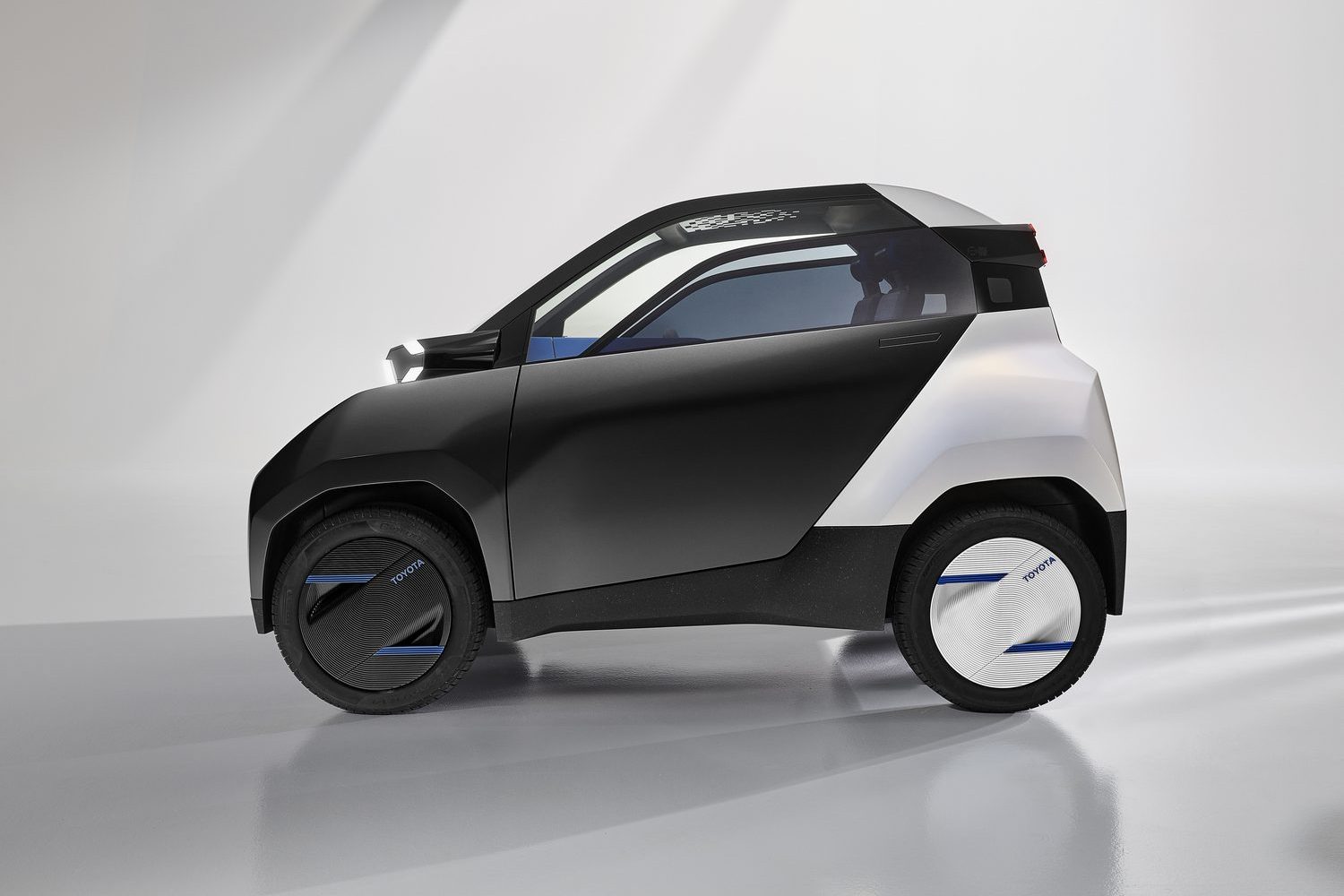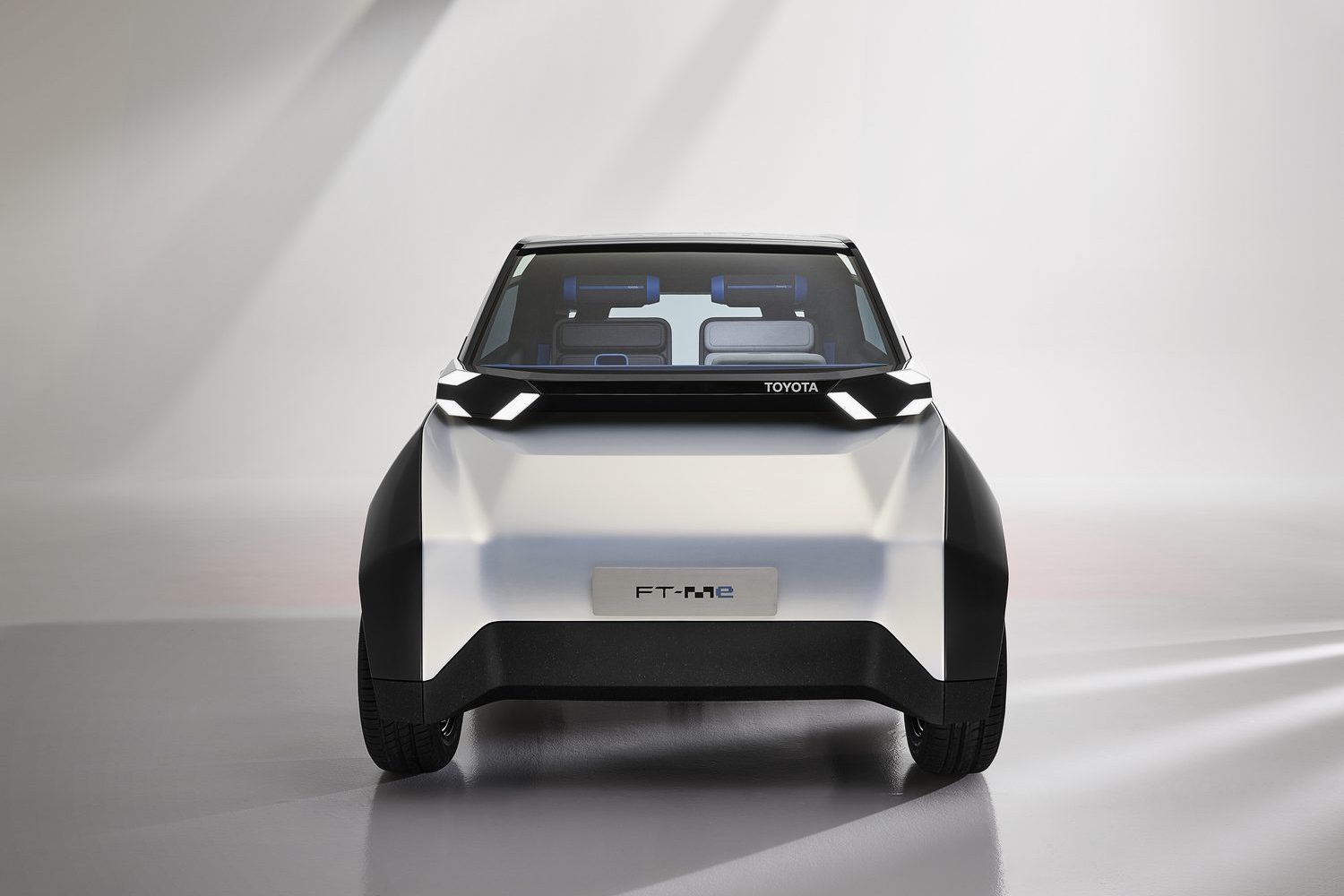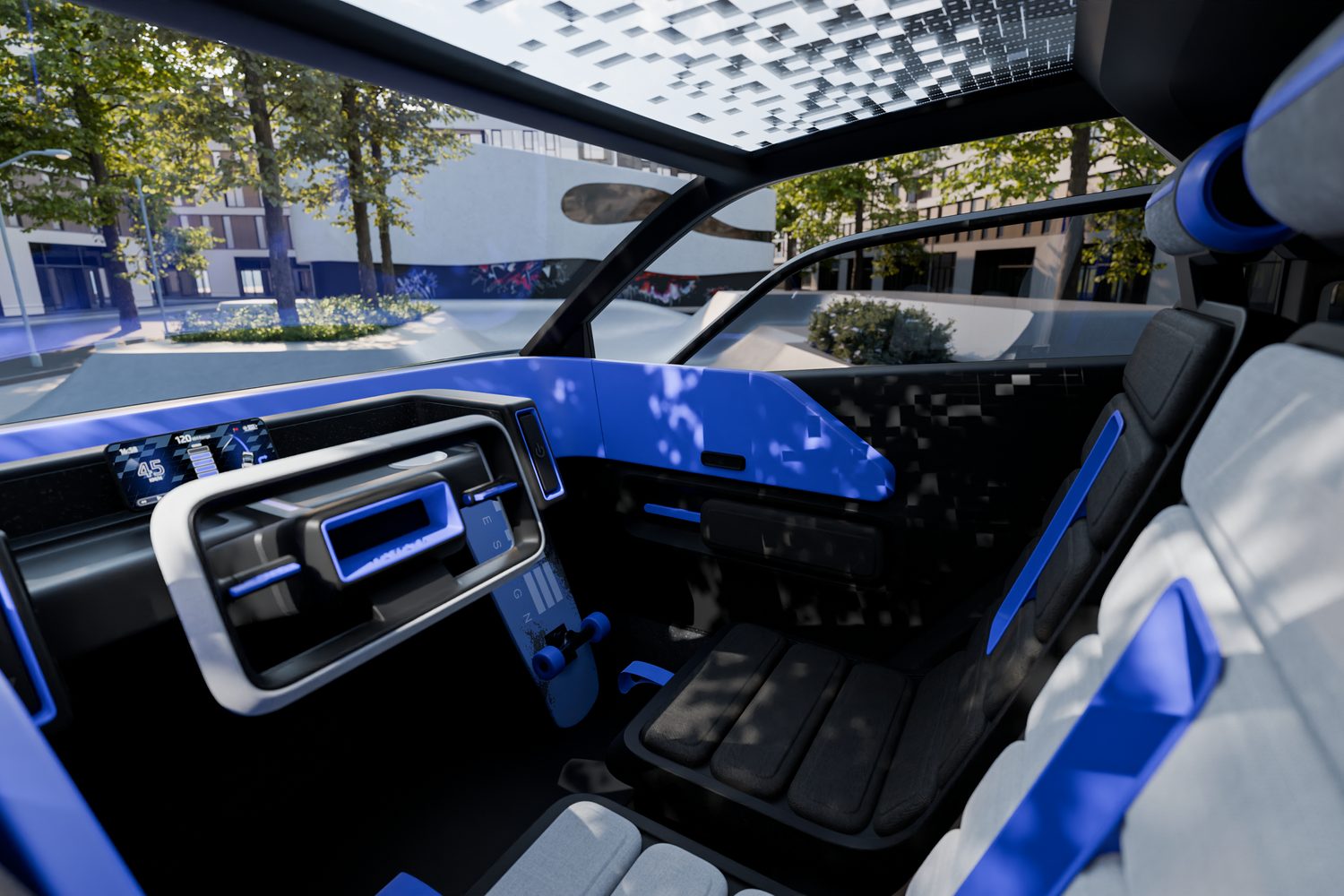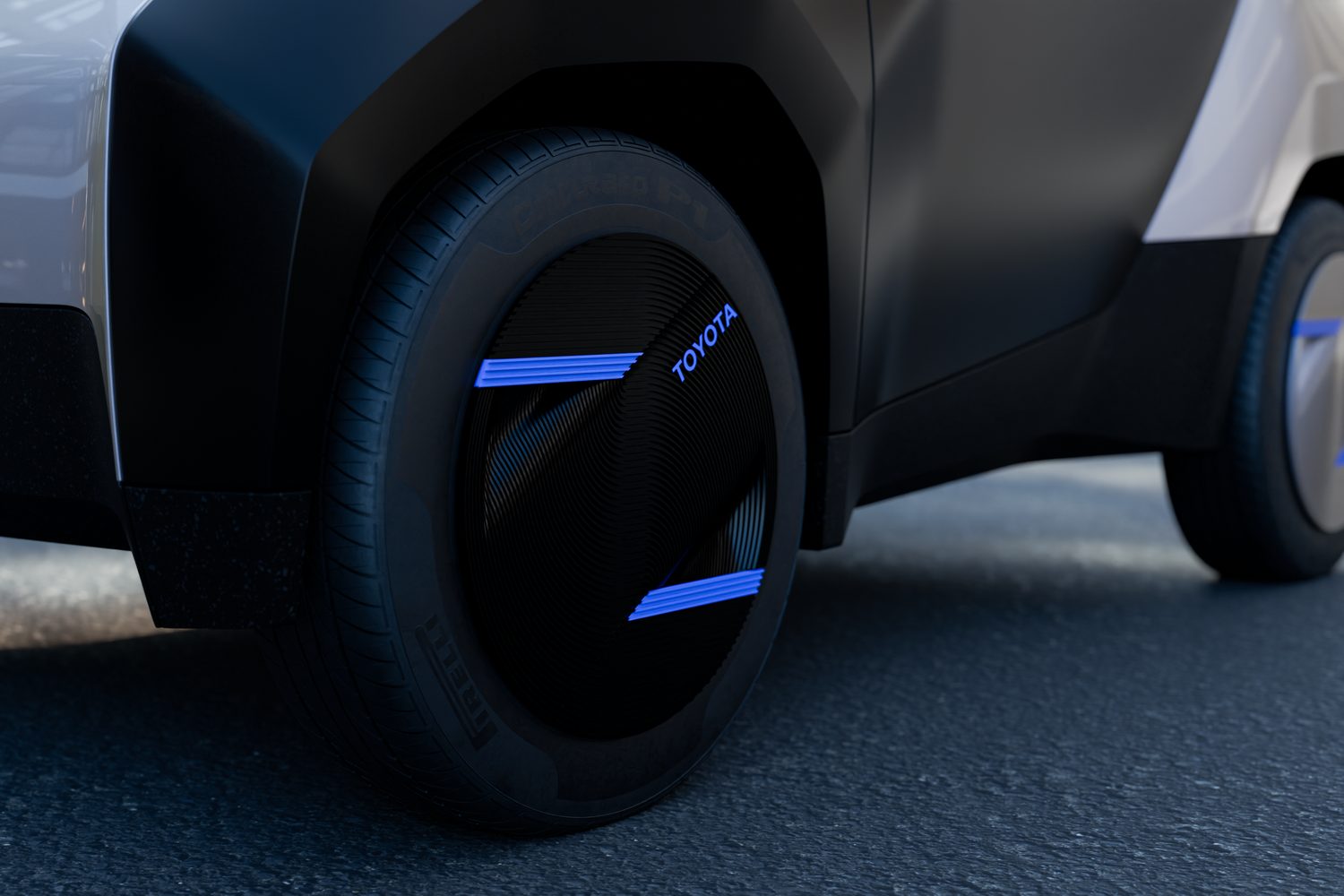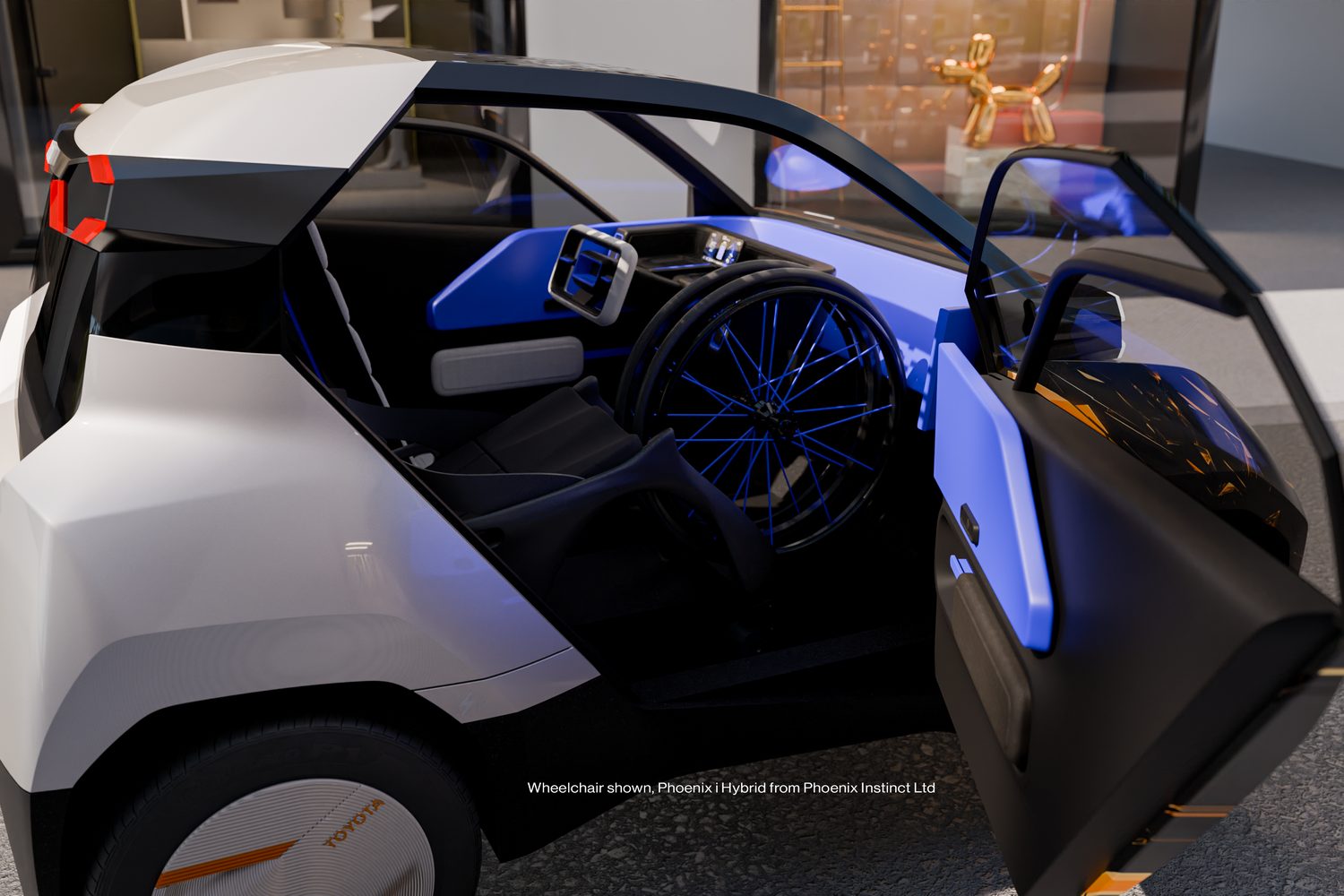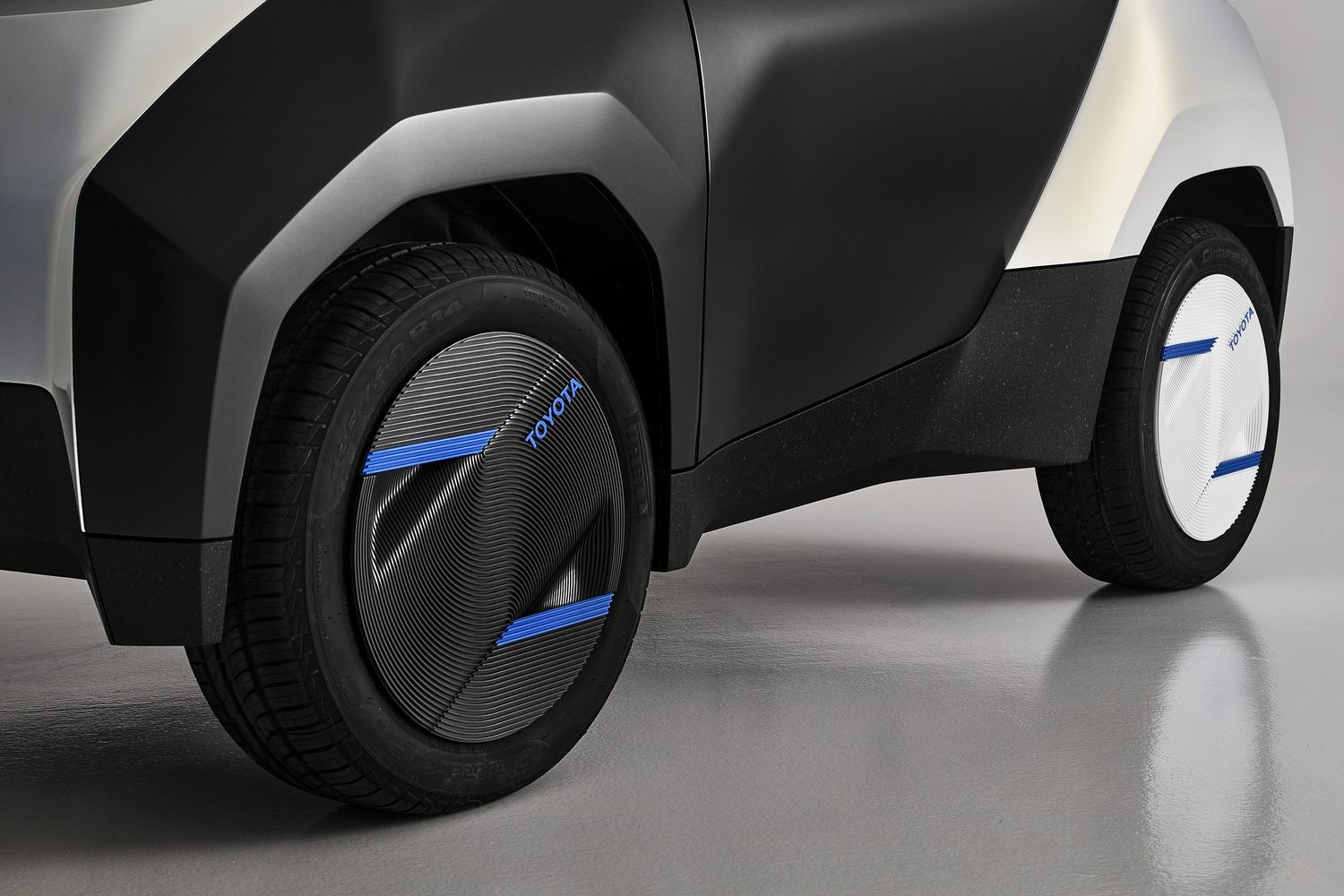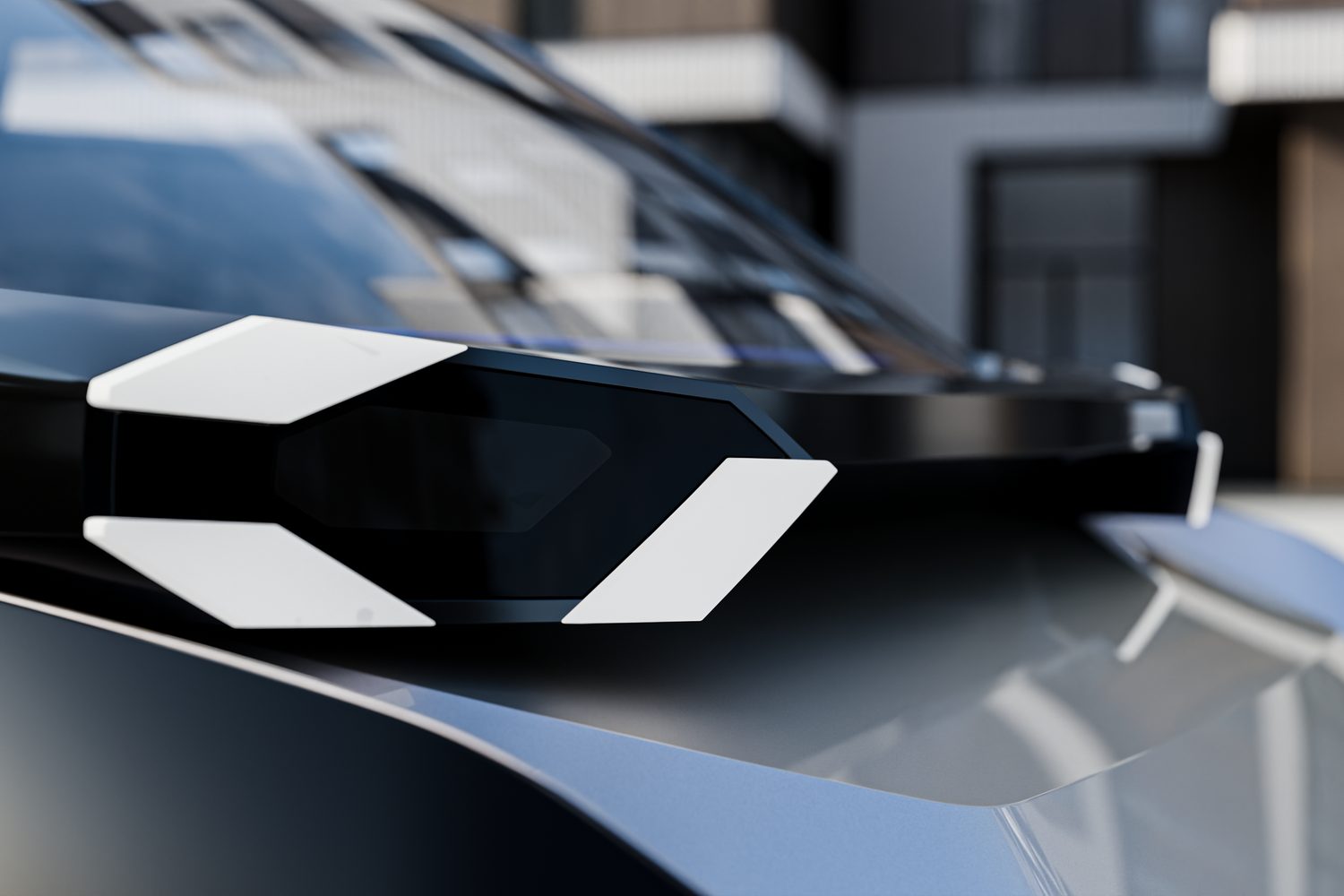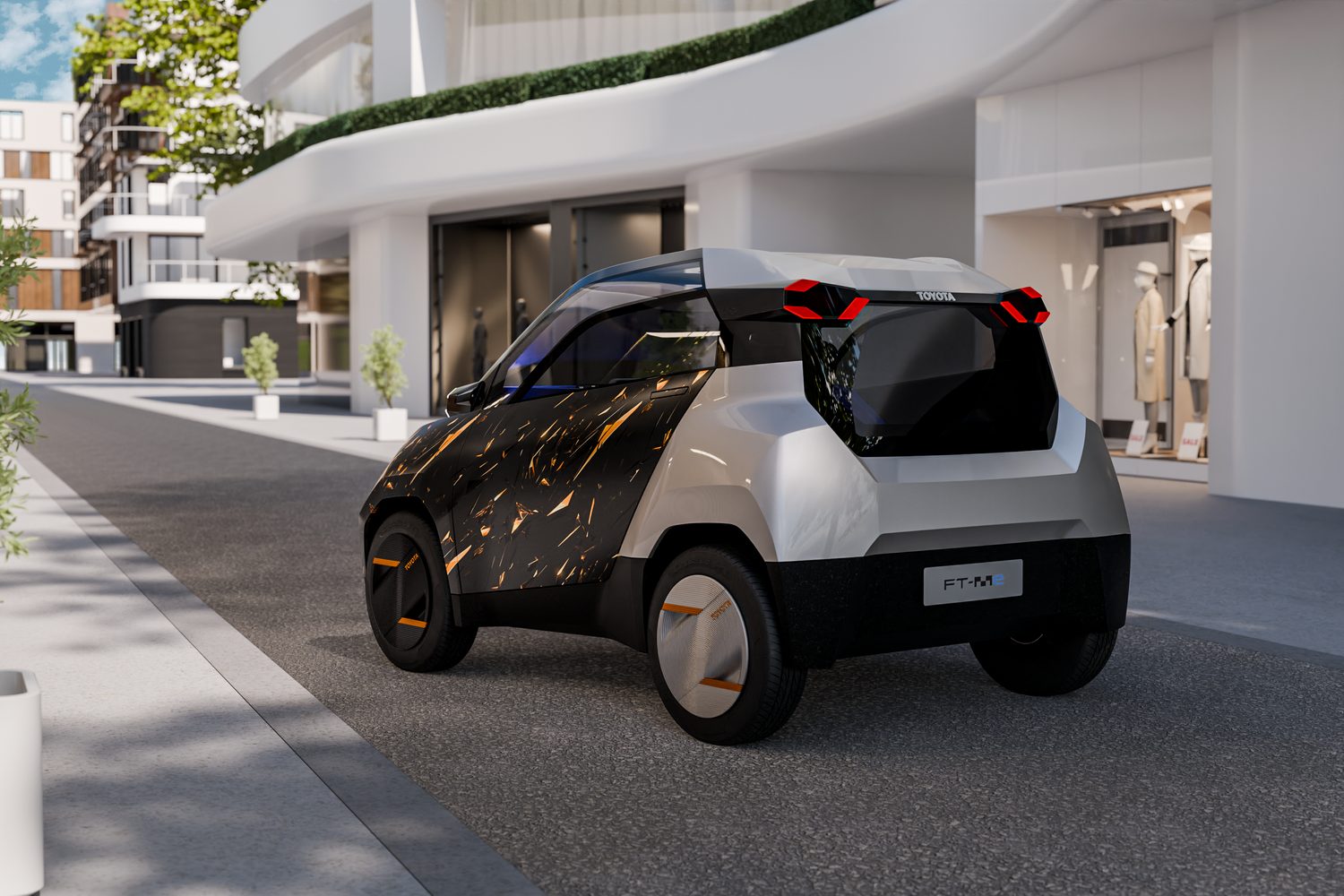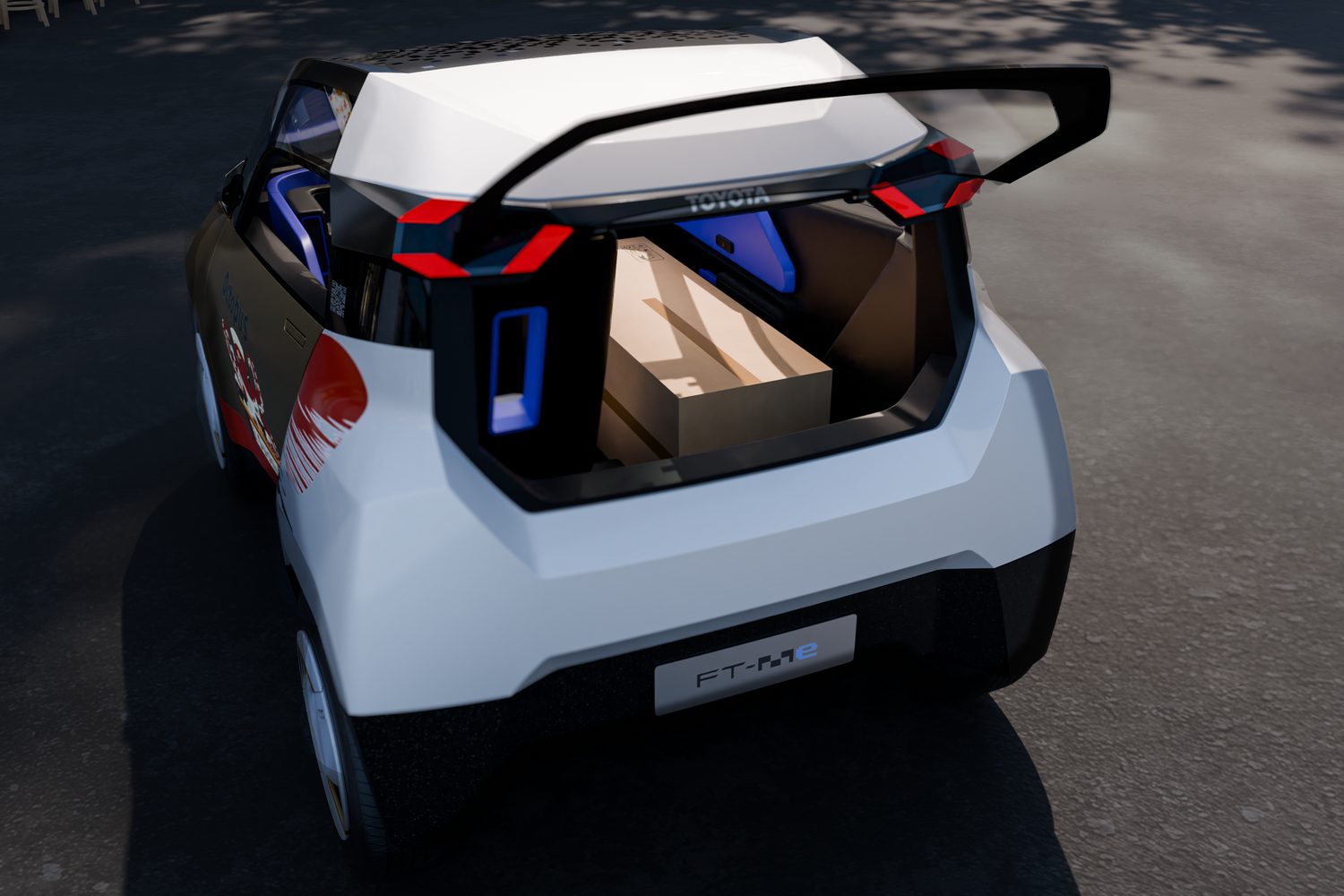European cities are changing, especially in their approach and attitude towards vehicular traffic, and Toyota - one of the world's largest car makers - is listening. The Japanese giant is exploring new avenues when it comes to developing future products, and it is using many of its learnings from the 2024 Paris Olympics (where it was the official vehicle partner) to shape offerings that better serve the wider public.
A preview of that is the Toyota FT-Me, an electric microcar measuring 2.5 metres in length. The two-seater is only a design concept for now, but Toyota is committed to exploring and developing the idea and is in dialogue with various municipalities and partners about it.
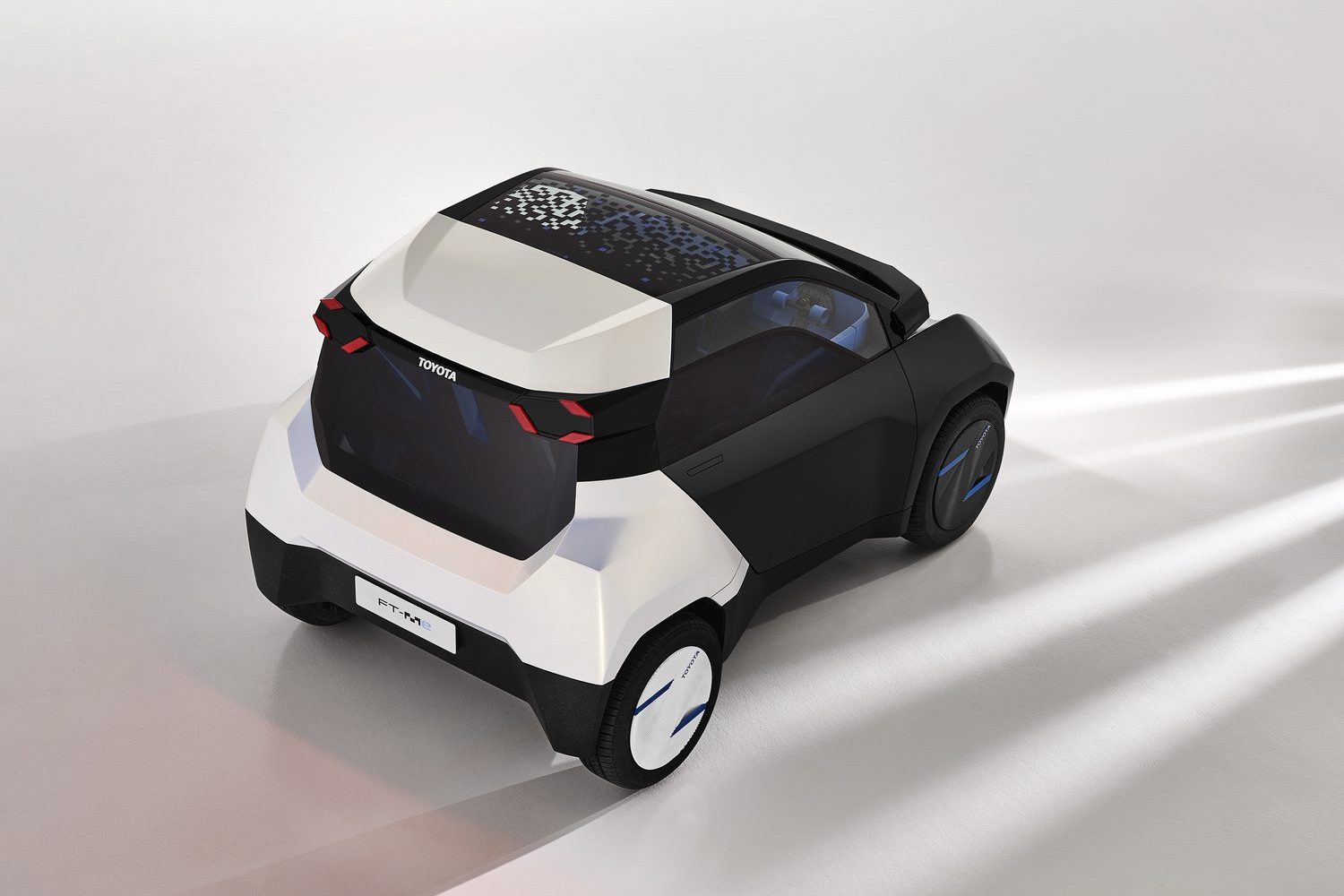
What's the point of the Toyota FT-Me?
The FT-Me is targeting a 90 per cent reduction in carbon footprint compared to today's city vehicles. This goal comes through several channels. Its size, primarily, means there is a lower material quantity, and there will be greater use of recycled materials. Furthermore, due to the car's compact size and low weight, the electric powertrain doesn't have to work as hard to move the FT-Me along, making it more energy efficient.
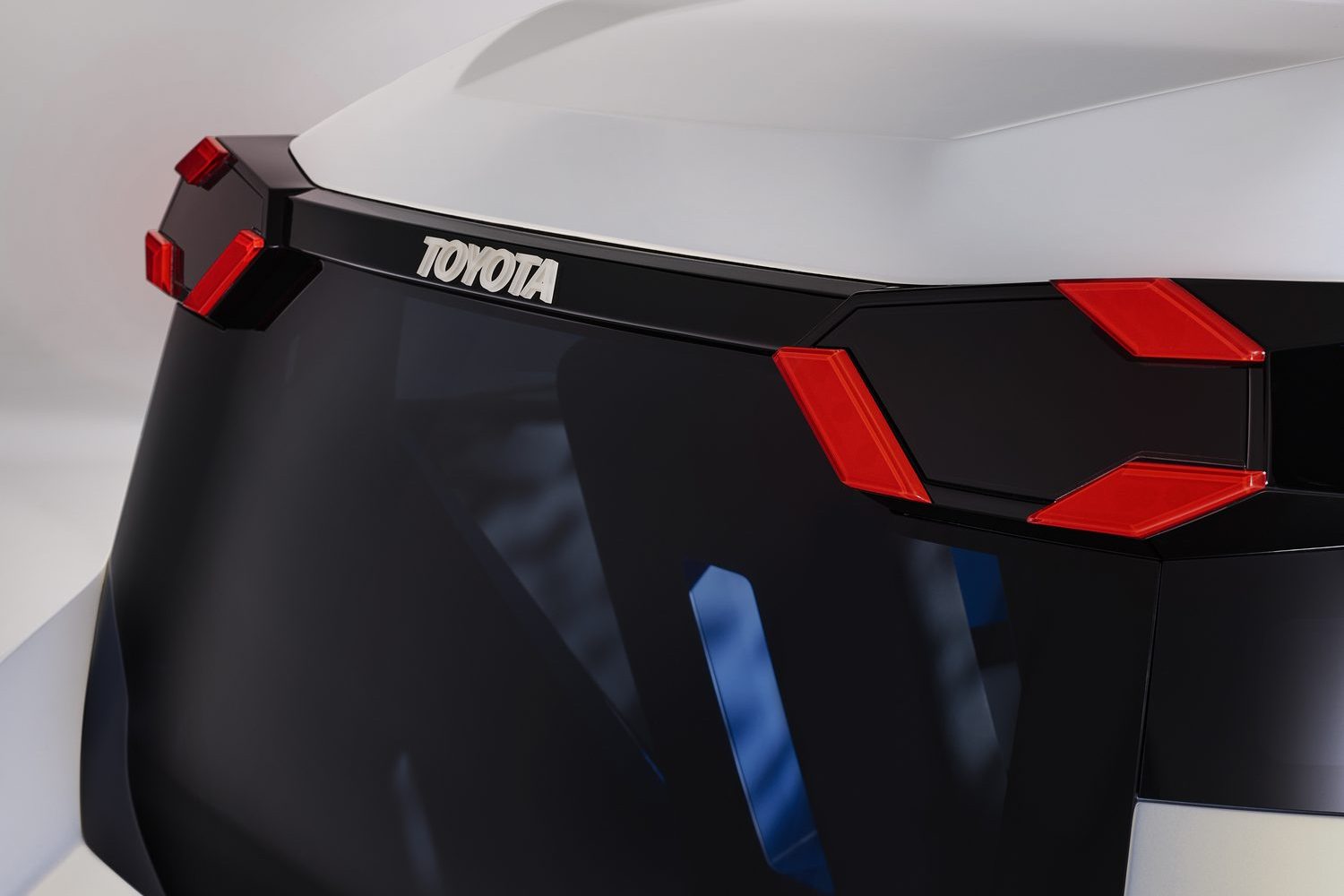
Its design maximises interior space and, with a particularly large glasshouse, it provides excellent visibility for the driver. The compact footprint and very short front and rear overhangs make it easy to fit into the smallest of parking spaces. Toyota points out that three FT-Me cars could fit into one single parking space.
Is the FT-Me technically not a car then?
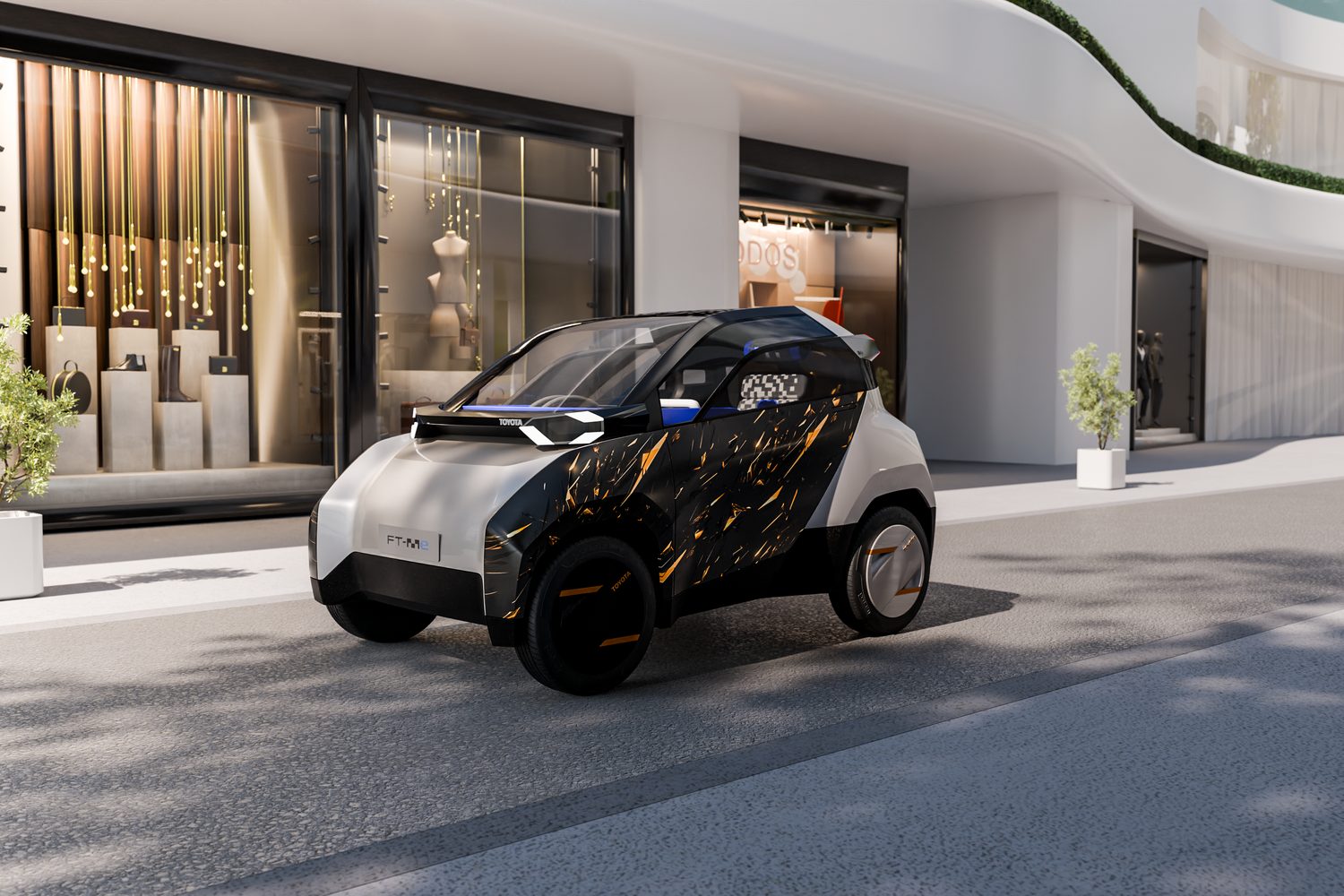
A production version of the FT-Me would fall into the 'L6e' vehicle category, which is for quadricycles. These are vehicles such as the Citroen Ami, Renault Twizy and Aixam S10. Despite their car-like designs, these have limited power outputs and a top speed restricted to 45km/h. This allows younger drivers to get behind the wheel, as young as 14 in France and 15 in Finland. For many parents, these vehicles provide a more reassuring mode of transport than traditional two-wheelers, and they can be much more affordable than a conventional small car.
Any other use for a 'car' like the FT-Me?
One of the other possible roles for the FT-Me is to serve as part of a city's car-sharing scheme. With this in mind, Toyota engineers are considering the use of solar panels in the roof of the FT-Me. While it isn't a huge surface, it could generate between 20 and 30 kilometres of range per day using only the sun's energy, as it is expected to spend lengthy periods parked up.
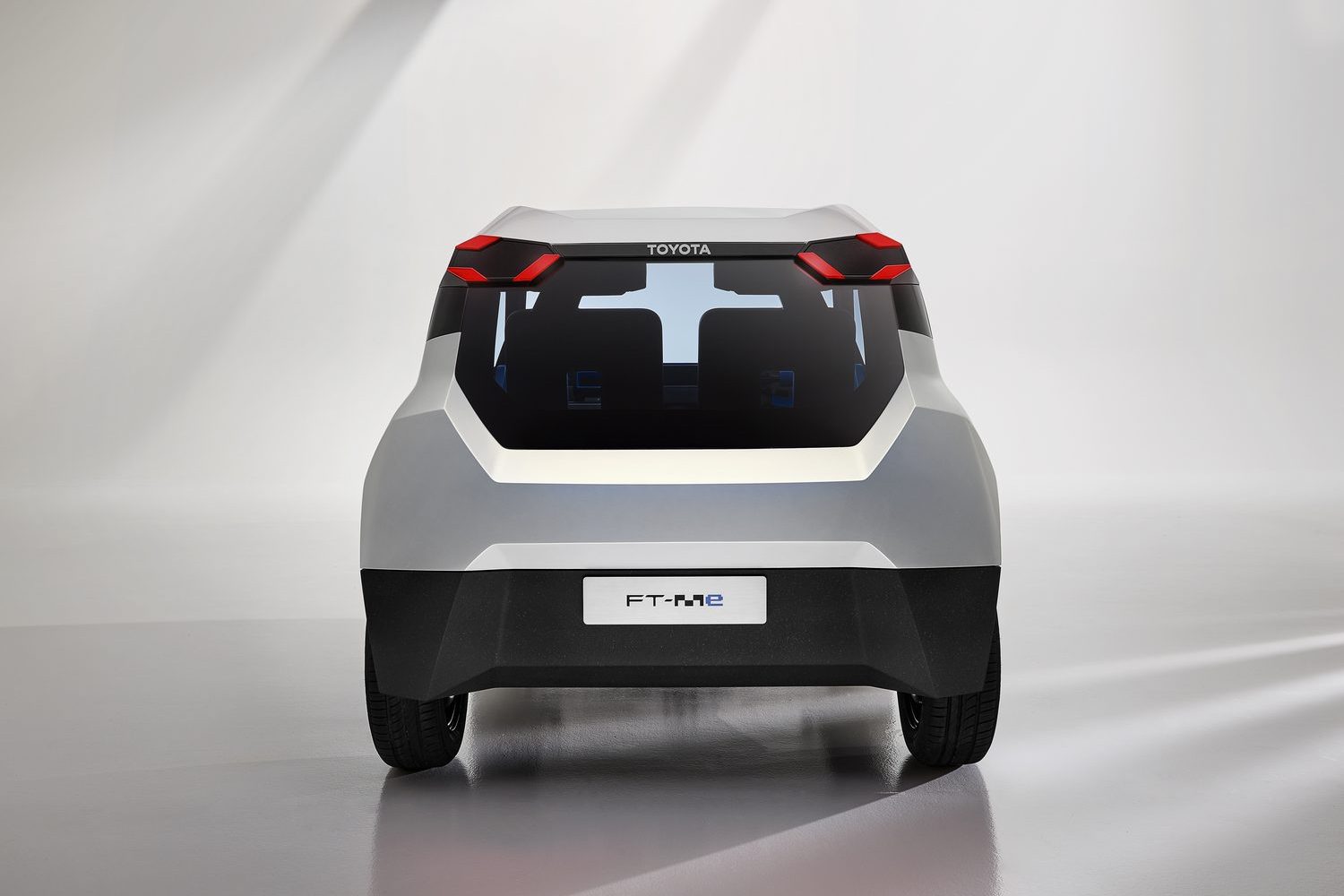
Toyota trialled such a setup in the 2017 Toyota Prius plug-in hybrid. However, the technology was underdeveloped and not deemed viable; it only remained available at an additional cost in selected markets.
What's the FT-Me's interior like?
The interior is designed to be as functional and versatile as possible, with a passenger seat that can be easily removed to allow more space, such as to carry a wheelchair, for example, or increased cargo capacity for larger items up to 1.6 metres in length.
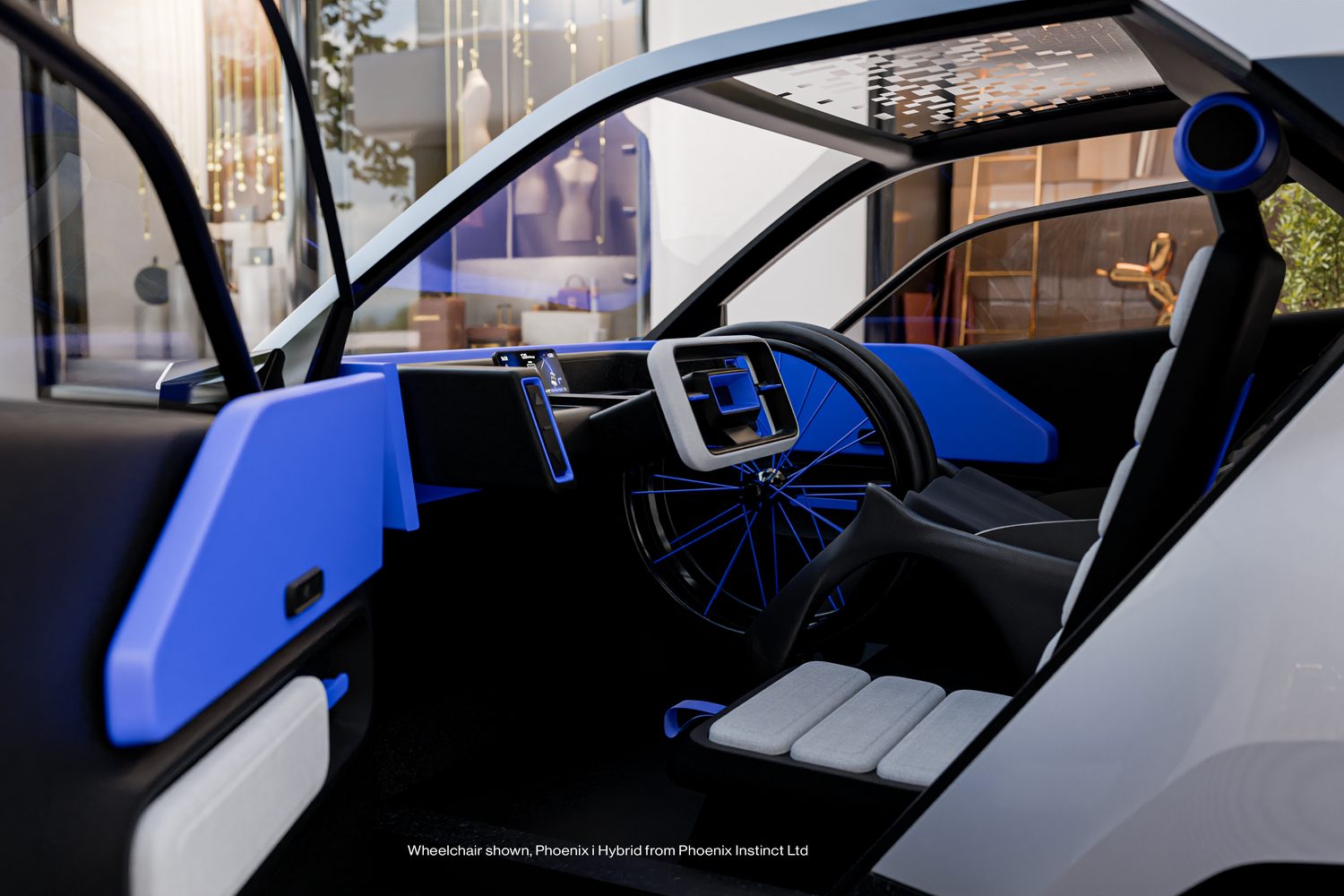
A hard-wearing cabin would work well for car-sharing schemes, and the simple approach to technology ensures costs are easily managed and it doesn't become outdated. Rather than a costly touchscreen panel, drivers will use their smartphone for the infotainment and navigation.
The FT-Me is part of what Toyota describes as a “multi-pathway product strategy to carbon neutrality.” Chief Branding Officer Simon Humphries said: “It's about all customers feeling they are empowered to make the right choice for themselves. Providing choice and opportunity is at the heart of ever-better cars and everything we do - and that includes the path to sustainability.”
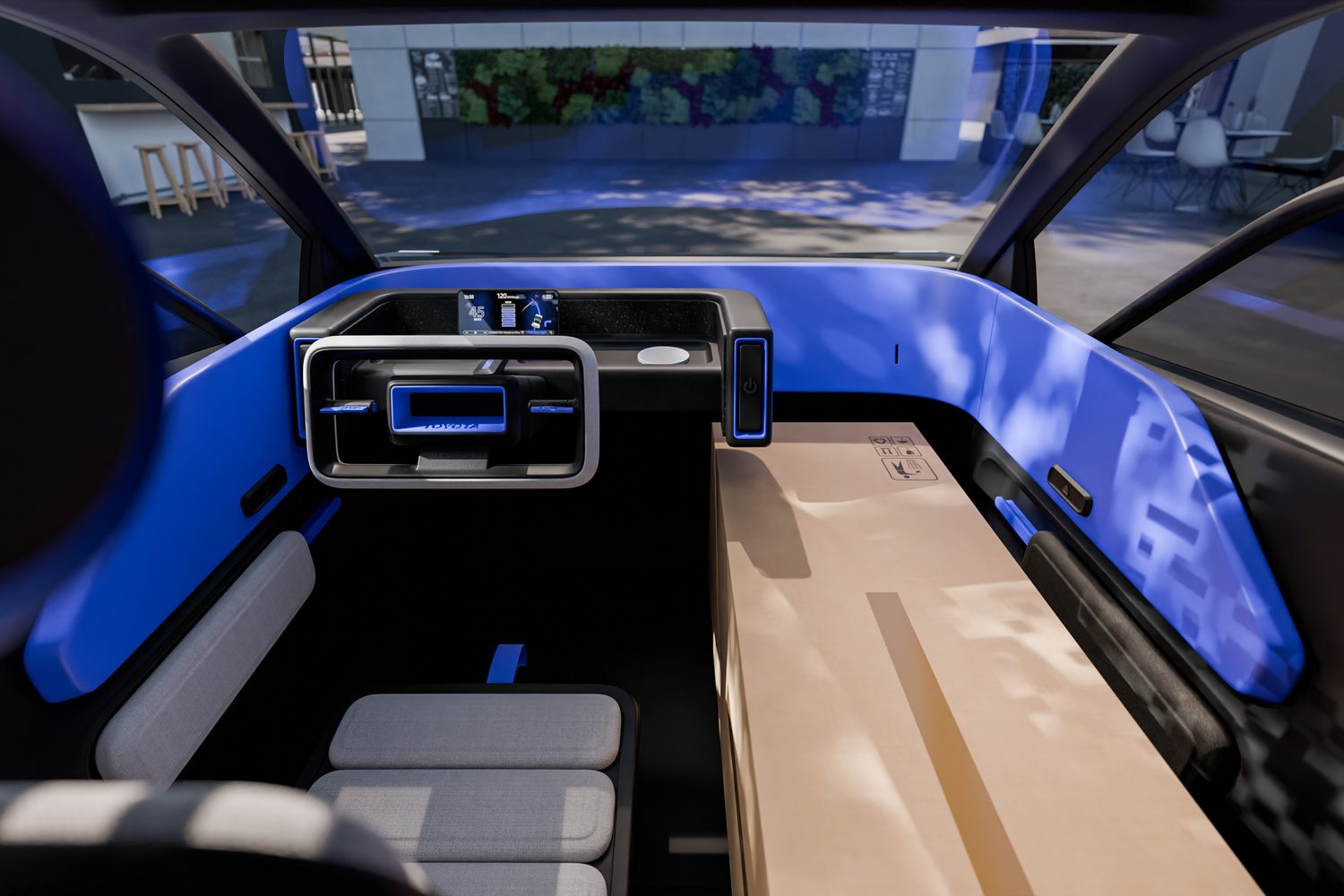
Any actual new Toyota EVs on the horizon?
Toyota is reiterating its commitment to pure electric vehicles with announcements of updates to the bZ4X and the introduction of the C-HR+ and smaller Urban Cruiser EVs. These bring the total count of BEVs (Battery Electric Vehicles) between Toyota and Lexus to 14 by 2026 and are in addition to plug-in hybrid versions of the RAV4, C-HR and Prius.
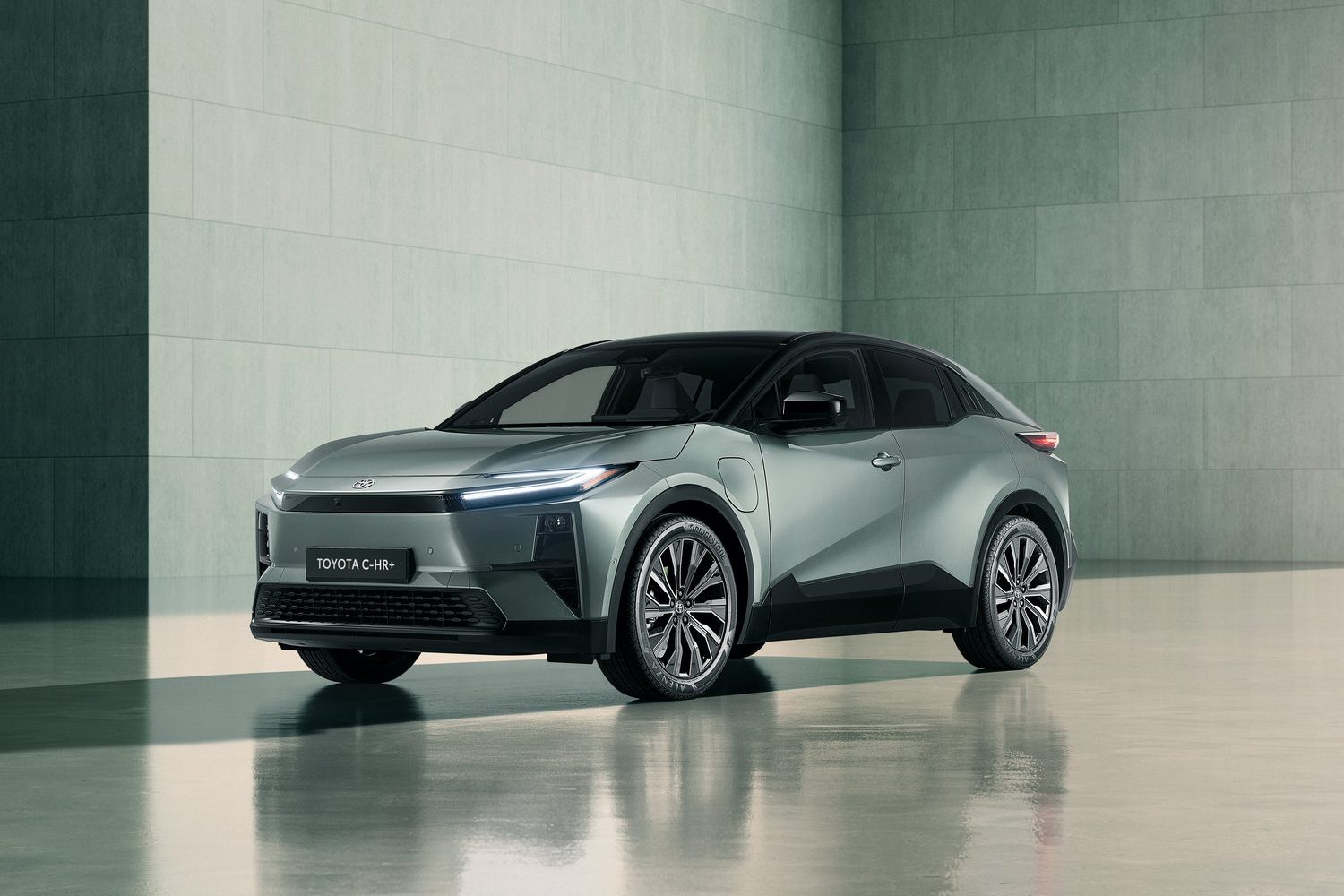
Furthermore, Toyota continues to explore the commercial and technological potential of carbon-neutral biofuels and e-fuels for combustion-engined vehicles. In motorsport, Toyota runs GR Yaris Rally 1 and GR Supra GT4 cars on 100 per cent renewable fuels.
Hydrogen is also still a part of Toyota's vision for the future as it continues developing its third-generation fuel cell systems. These are not only more compact but also provide a 20 per cent increase in efficiency with durability of up to one million kilometres.

